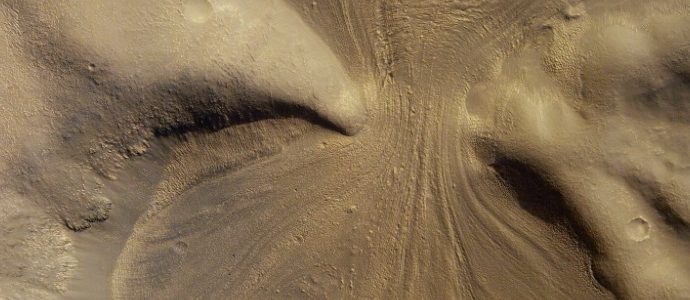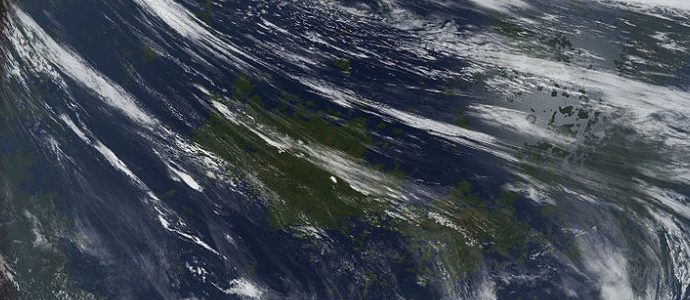A Story of Fire and Ice: Scientists Find New Glaciers on Mars and Volcanic Activity on Venus
Earth’s closest celestial neighbors—Mars and Venus—couldn’t be more different in regards to the environments that each planet is home to, but two new discoveries—an ancient glacier at Mars’ equator and active volcanism on Venus—just serve to accentuate the diversity that exists amongst our planetary siblings. First up, ice: evidence ofread more

